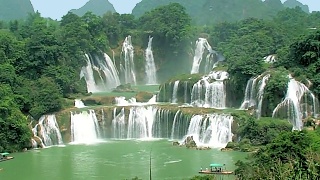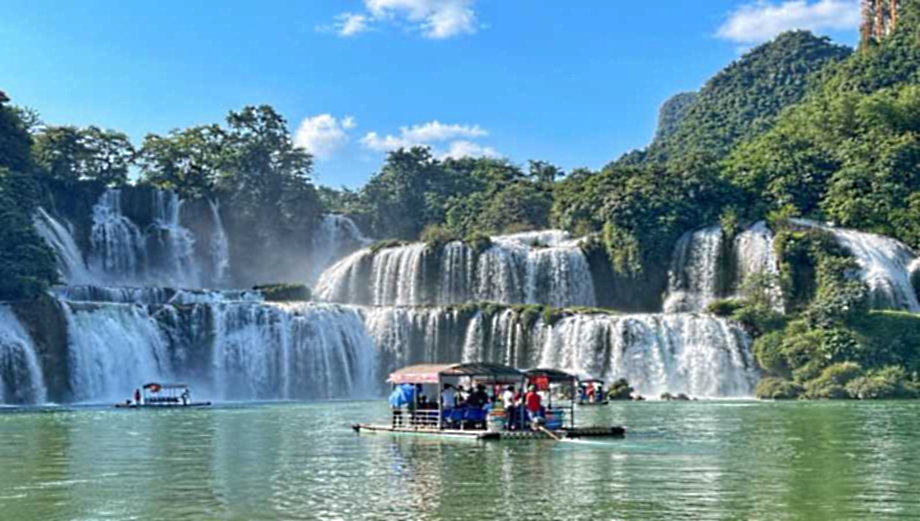With Ben Norton and Li JingJing ...
[640],shadow=true,start=,stop=Related Videos
Featured Videos

|
With Jason / Living in China ...
Bonus film - Jason in GuiLin and YangShuo ...
With Sabrina in China ...
Plus ...
|

|
Wonderful landscapes ...
|

|
|

|
With Ben Norton ...
With Radhika Desai and Michael Hudson ...
With Jan Oberg ...
|

|

|
With Walk For You ...
|

|
GuangXi Province, on the border with Vietnam.
Filmed in June 2009.
|
 China and sovereignty
China and sovereignty

















